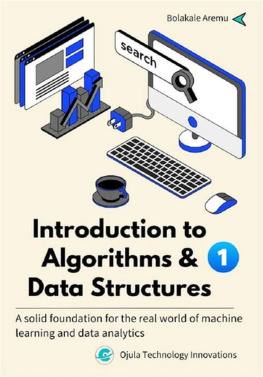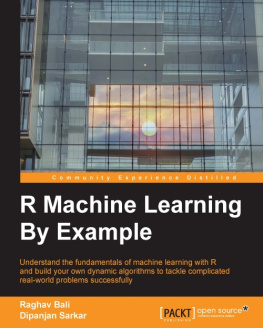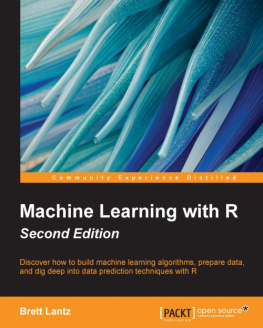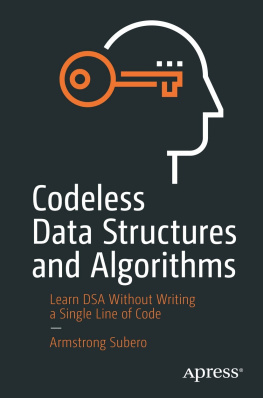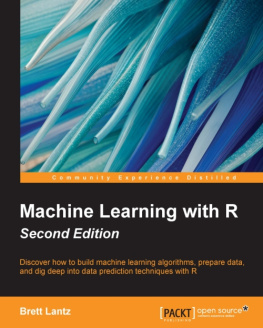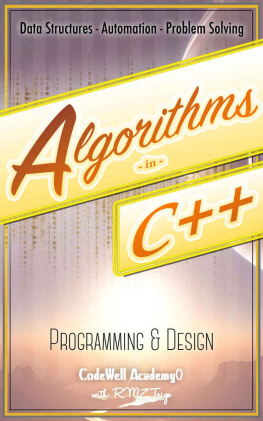Contents
List of Figures
Guide
Pagebreaks of the print version
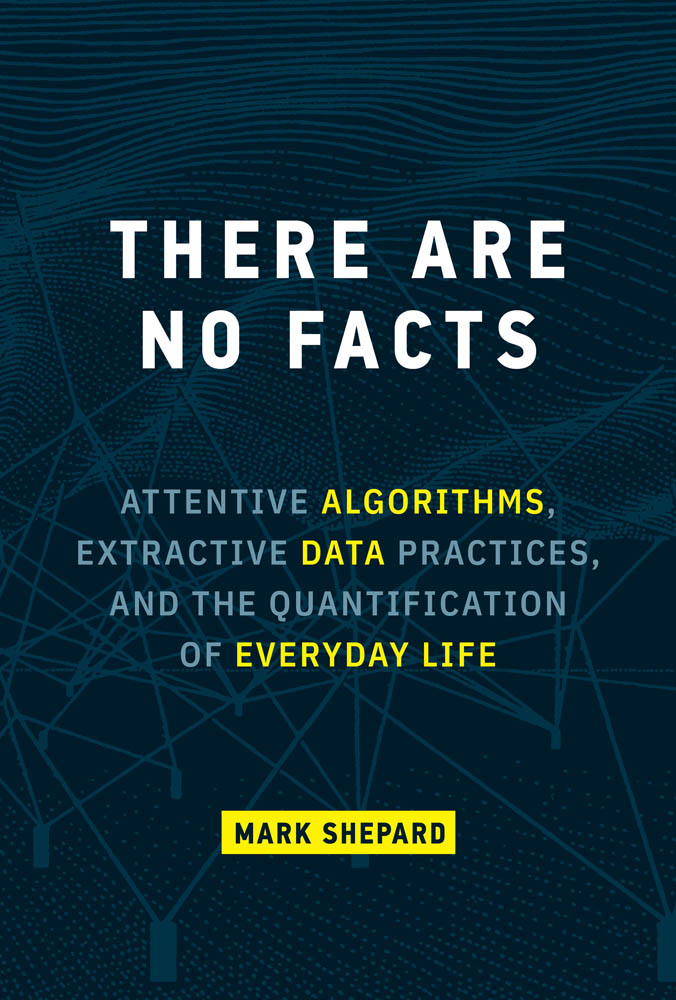
THERE ARE NO FACTS

ATTENTIVE ALGORITHMS, EXTRACTIVE DATA PRACTICES, AND THE QUANTIFICATION OF EVERYDAY LIFE
MARK SHEPARD
THE MIT PRESSCAMBRIDGE, MASSACHUSETTSLONDON, ENGLAND
2022 Mark Shepard
All rights reserved. No part of this book may be reproduced in any form by any electronic or mechanical means (including photocopying, recording, or information storage and retrieval) without permission in writing from the publisher.
This book was produced with the support of the Graham Foundation for Advanced Studies in the Fine Arts.
Graham Foundation
The MIT Press would like to thank the anonymous peer reviewers who provided comments on drafts of this book. The generous work of academic experts is essential for establishing the authority and quality of our publications. We acknowledge with gratitude the contributions of these otherwise uncredited readers.
The cover image, The Complex System of Interactions underlying the Epigenetic Landscape, originally appeared in Conrad Waddingtons The Strategy of the Genes (London: Allen & Unwin, 1957). Waddington proposed the concept of an epigenetic landscape to illustrate the process of cellular differentiation, or how genotypes give rise to phenotypes during embryonic development. At various points in this visual metaphor, the cell (represented in an accompanying illustration by a ball rolling down valleys in the surface above) can take specific possible trajectories in response to various environmental conditions, leading to different outcomes or cell fates. The morphology of this landscape of possibilities is influenced by pegs in the ground that represent genes, and strings leading from them representing the chemical tendencies the genes produce. Image courtesy Taylor and Francis (Books) Limited UK.
Library of Congress Cataloging-in-Publication Data
Names: Shepard, Mark, author.
Title: There are no facts : attentive algorithms, extractive data practices, and the quantification of everyday life / Mark Shepard, The MIT Press.
Description: Cambridge, Massachusetts : The MIT Press, [2022] | Includes bibliographical references and index.
Identifiers: LCCN 2021058947 | ISBN 9780262047470
Subjects: LCSH: Facts (Philosophy) | TruthSocial aspects. | Knowledge, Theory of.
Classification: LCC B105.F3 S54 2022 | DDC 111dc23/eng/20220207
LC record available at https://lccn.loc.gov/2021058947
d_r0
For Rosaria Susan
CONTENTS

List of Figures
- .
INTRODUCTION

In 2016, Oxford Dictionaries declared post-truth its word of the year, defining the adjective as relating to or denoting circumstances in which objective facts are less influential in shaping public opinion than appeals to emotion and personal belief. Truth is not falsified, or contested, wrote the Economists editors in 2016, but of secondary importance. In campaigns like the 2016 US presidential election and the UK Brexit referendum, feelings were what mattered, not facts.
From the weaponization of social media through psychometric microtargeting and its radically divisive outcomes, to the proliferation of online fact-checking services and media filtering algorithms intended to counter them, we have witnessed the dissolution of much of the common ground on which truth claims were once negotiated, individual agency enacted, and public spheres shaped. At the same time, the extraction of behavioral data from all walks of life, both online and off, and their subsequent processing and sale for profit, has led to the emergence of micropublics of ever-finer granularity. This statistical world of big data and machine learningone where correlation supersedes causation Within this context, the notion of ground truth is replaced by that of ground fiction, whereby inference supplants direct observation.
This book explores the uncommon ground we share in a post-truth world. It maps undercharted territory emerging in the wake of these recent epistemic transformations and the spatial milieu within which they have transpired. It attempts to unpack and explicate how these post-truth territories are propagated through machine learning systems and social networks, which shape the public and private spaces of everyday life, govern the social relations that transpire within them, and delineate a politics of possible subject positions we are able to enact individually and collectively. It probes how these spatial conditions bracket what we know about the world, how they construe our agency to act within it, and how they shape these spaces that in turn shape us.
MISINFORMATION MACHINES, DISINFORMATION PLATFORMS
This post-truth world is fueled by the affordances of social media. The balkanization and proliferation of online news sources and the targeted distribution of carefully crafted missives via Facebook, Twitter, and Instagram have contributed to the spread of this terrain of misinformation. At the same time, the rapid migration of the QAnon conspiracy from the fringes of the Internet to mainstream media reports courtesy of online messaging boards such as 4chan, then 8chan, and finally 8kun (after serial deplatforming events) serves as an indicator of its extensivity and tenacity. This proliferation of falsehoods throughout social media is commonly understood as being related to both the types of news sources the Internet makes available and the inability of consumers of this information to differentiate between valid and invalid statements. And these platforms are designed to capitalize on this. Algorithms driving social media news feeds are designed to filter content based on its ability to maximize user engagement through shares and likes, thereby promoting the proliferation of post-truth terrain across the network.
Research has shown that tweets containing false statements spread six times faster on Twitter than those containing truthful ones, and contrary to conventional wisdom, it is primarily humans, not bots, who are responsible. (Bots are as adept at spreading true statements as they are falsehoods.)
In 2016, the public outcry was deafening. Both the British Parliament and the US Congress conducted public hearings with Cambridge Analytica whistle-blower Christopher Wylie and Facebook founder and CEO Mark Zuckerberg, leading to alarming revelations of what had transpired that resulted in predictably impassioned calls for reform. One outcome was that social media platforms and online news sources began to introduce fact-checking services. Fact checkers at the Washington Post had counted 492 false statements made by President Trump in his first one hundred days in office alone, and no fewer than 30,573 throughout the course of his term. And despite the best intentions of the Washington Posts fact checkers, some people still believe that China invented the concept of global warming in order to make US manufacturing less competitive, despite the fact that Trump himself has walked back that statement.



